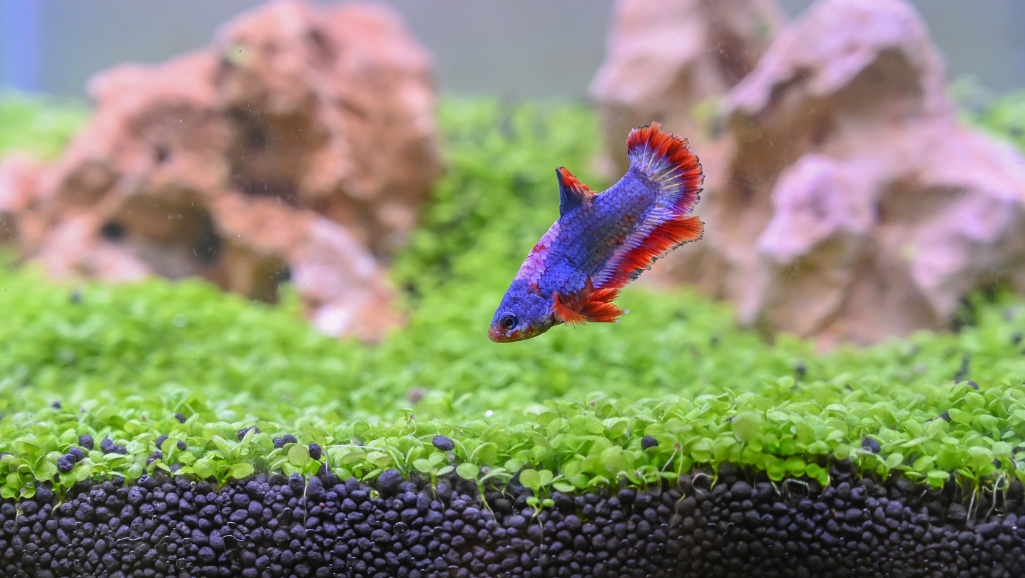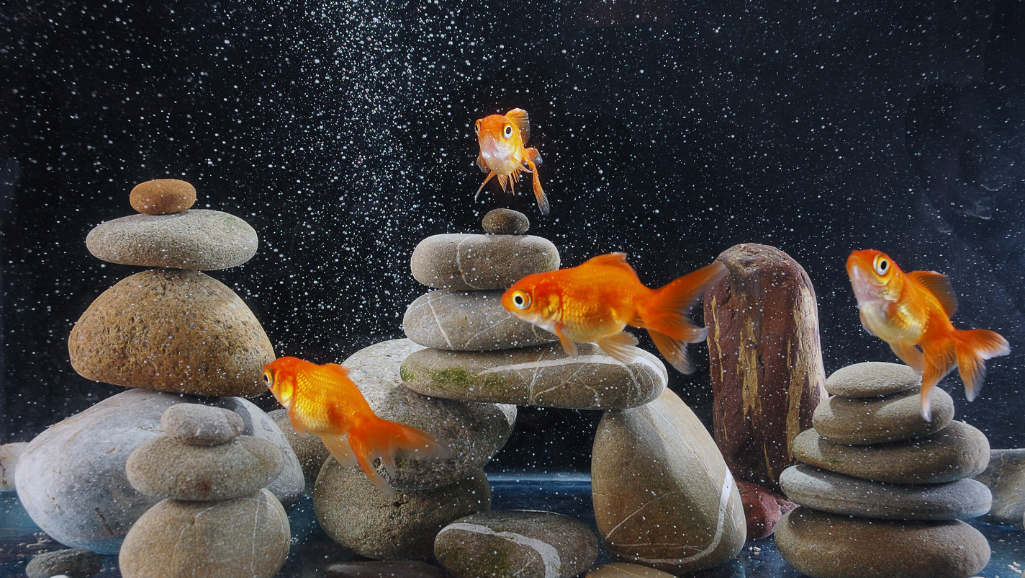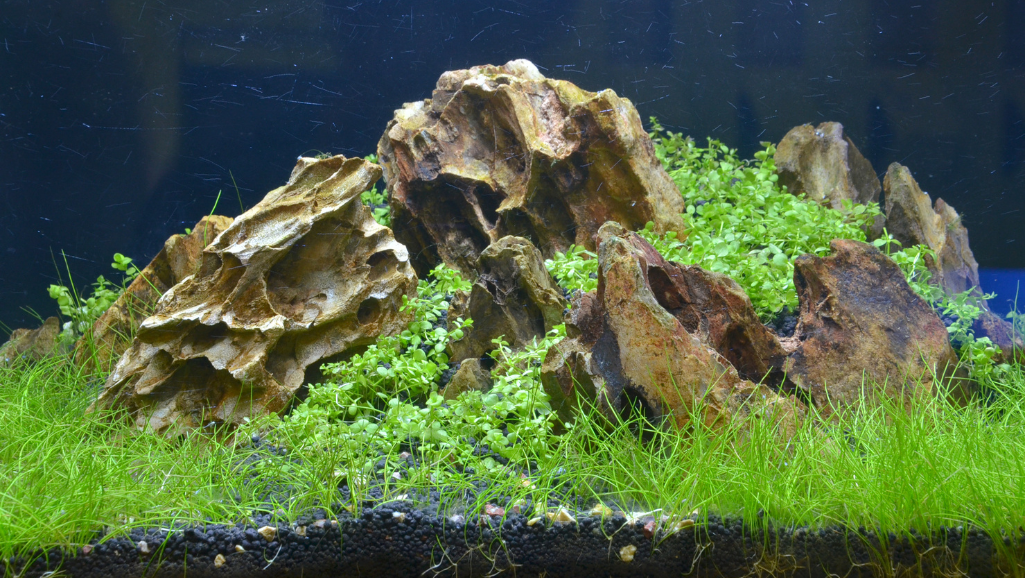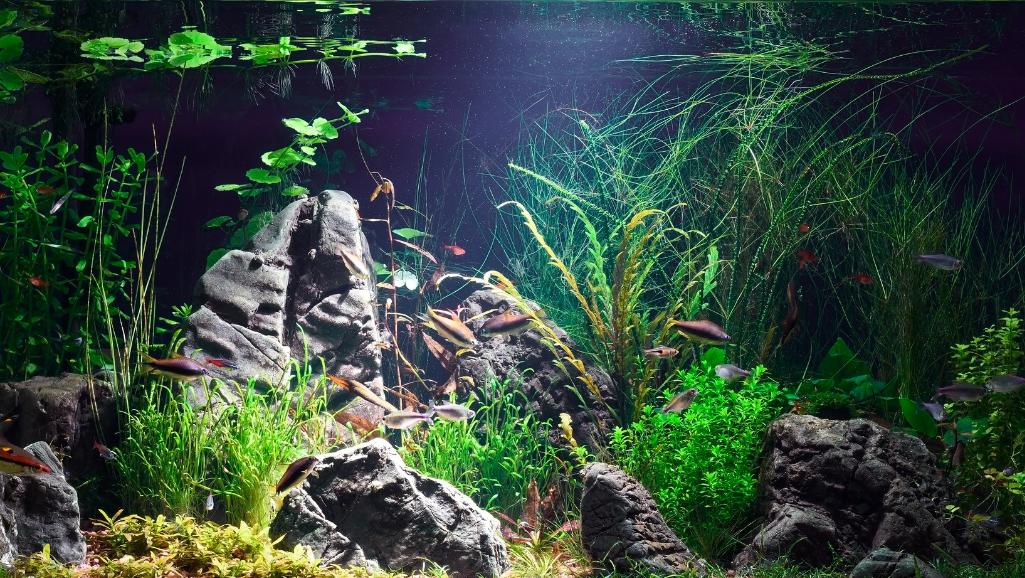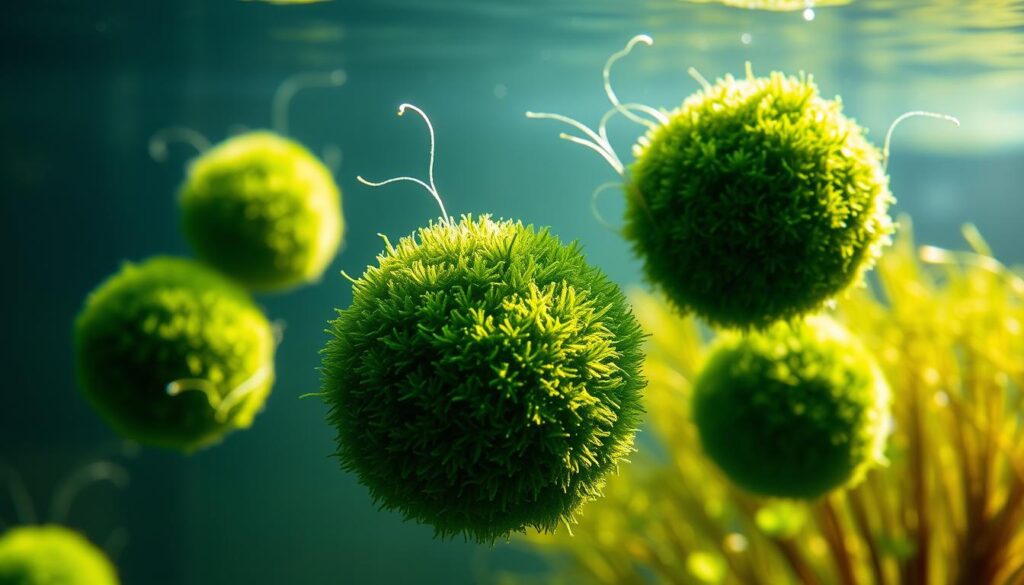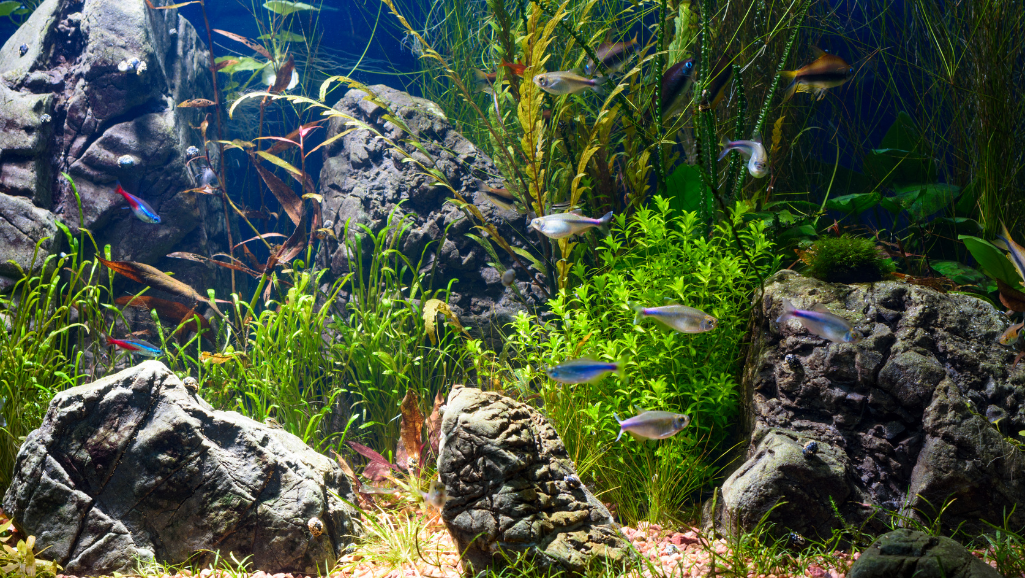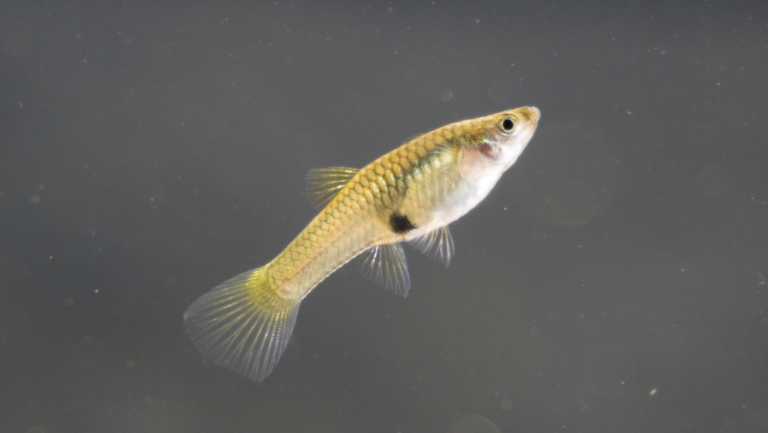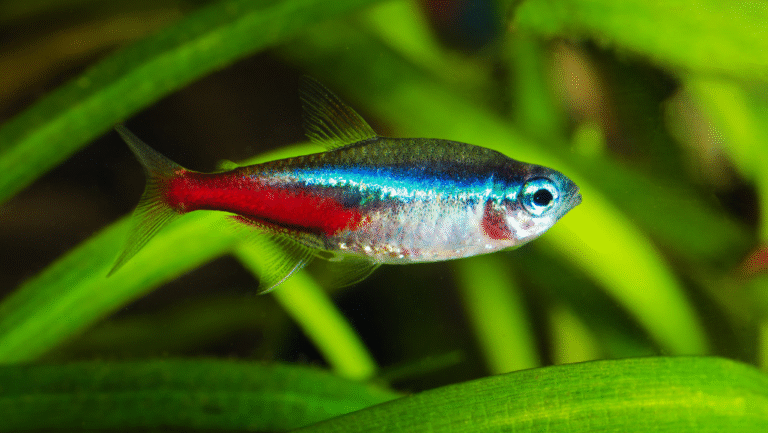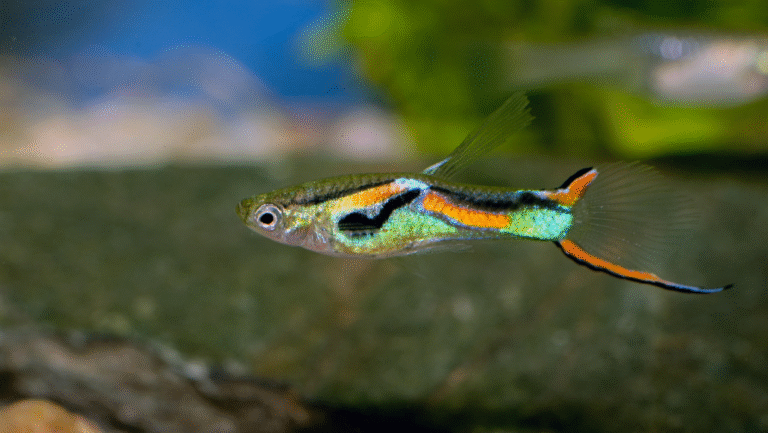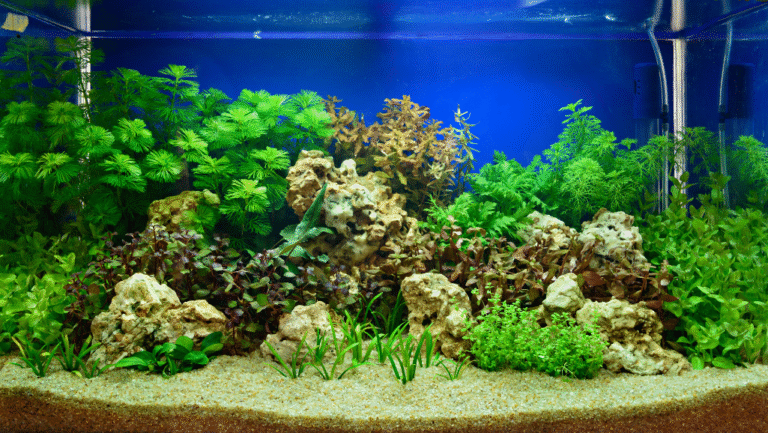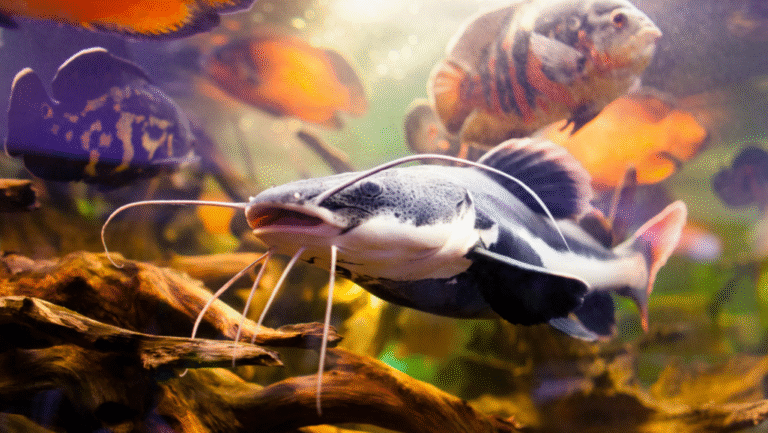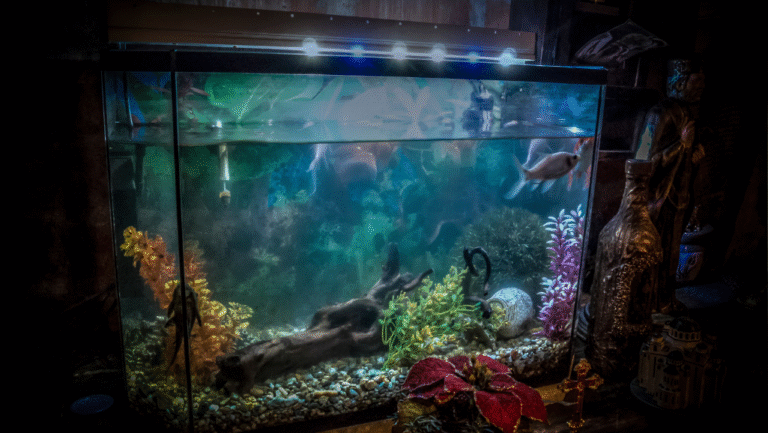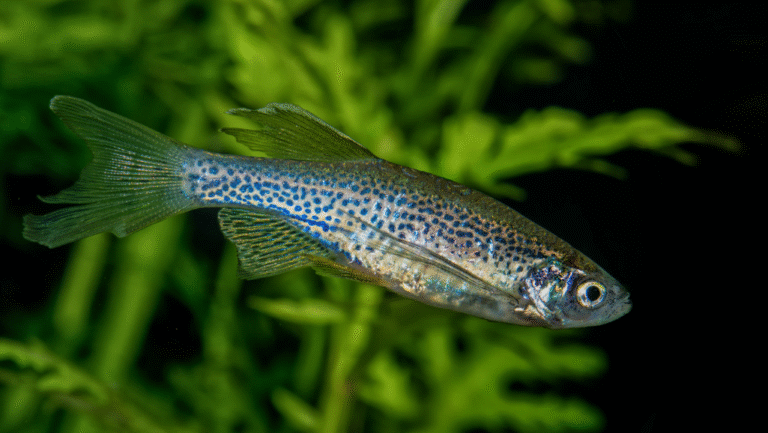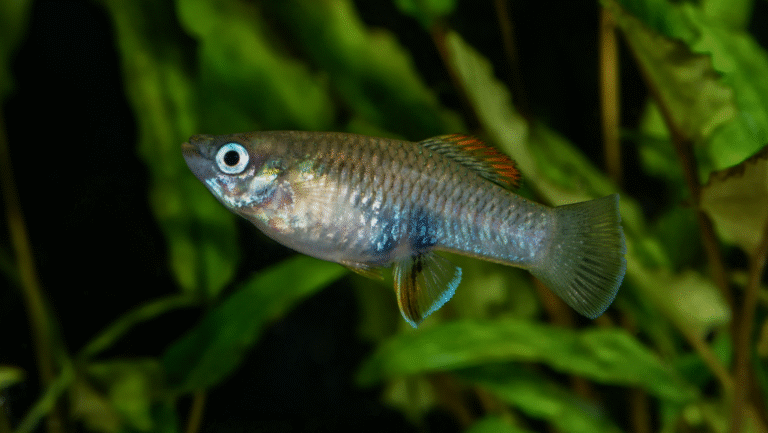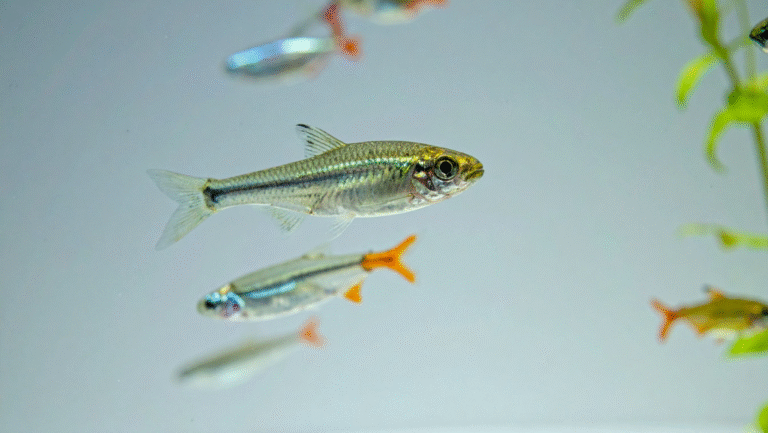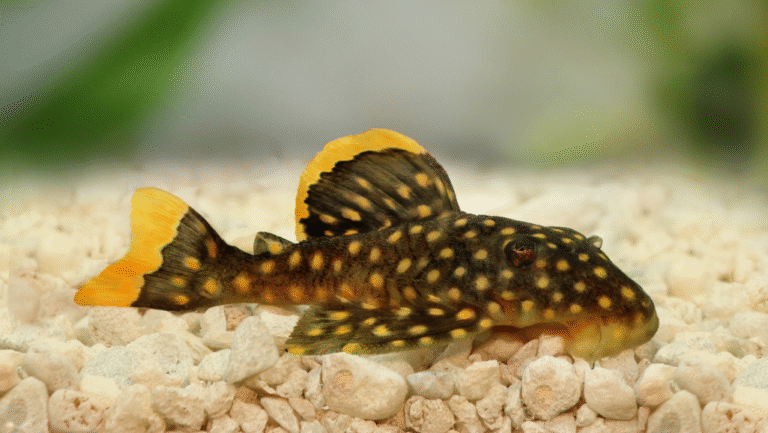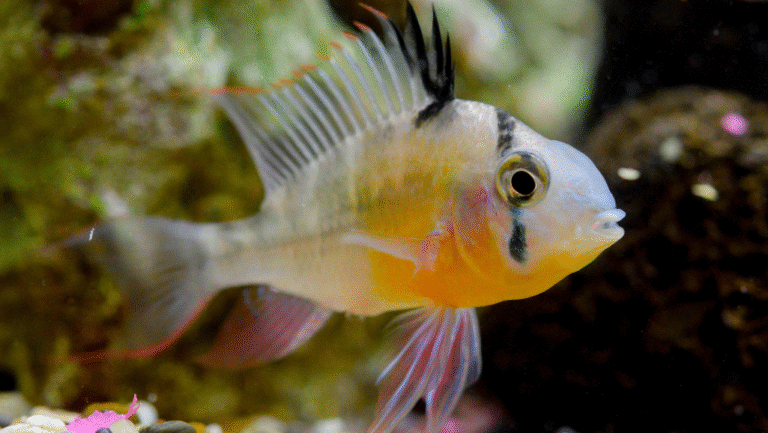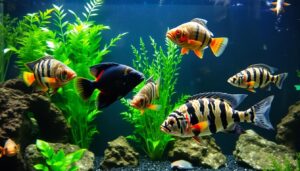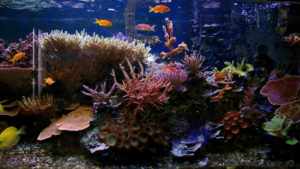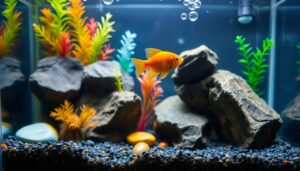Create a lush, natural home that mirrors a betta’s wild marsh habitat. Live greenery gives shade, shelter, and resting spots that encourage calm behavior and vivid color.
This guide highlights beginner-friendly choices like Anubias, Java fern, crypts, marimo balls, Amazon sword, Vallisneria, water sprite, and floaters such as frogbit and red root. Many thrive in low light and respond well to a simple liquid fertilizer.
Remember practical tips: attach rhizome species to wood or rock without burying them, allow about half the surface clear for gas exchange, and add driftwood to release gentle tannins. These small moves turn a compact tank into a calm, dynamic environment your betta will use daily.
Key Takeaways
- Aquarium Plants for Betta Fish.
- Live greenery creates shelter, shade, and natural perches that reduce stress.
- Choose hardy types that grow in low light to keep setups simple and successful.
- Attach rhizome species to hardscape; don’t bury the rhizome.
- Keep roughly 50% surface open when using floating cover for breathing.
- Use a comprehensive liquid fertilizer to support healthy growth.
Why Live Plants Transform a Betta Aquarium Right Now
Dense greenery instantly turns a tiny tank into a layered habitat that mirrors a betta’s marsh home. This living cover gives real shade and soft hiding spots, which invite resting, exploration, and natural bubble‑nesting behavior.
Natural enrichment:
Natural enrichment: shade, shelter, and bubble-nest havens
Broad leaves and dangling roots make comfy perches and secret lanes near the surface. Floating canopies such as anubias attachments and water lettuce-style floats blur bright light and let males feel safe enough to build nests.
Cleaner water and calmer fish in small tanks:
Cleaner water and calmer fish in small tanks
Fast growers like water sprite and many floaters quickly uptake excess nutrients. That helps stabilize water chemistry in compact spaces and keeps clarity high.
- Recreates native cover: shade and root tangles encourage rest and natural behaviors.
- Softens the surface: floating canopies help nesting and reduce stress.
- Improves water: quick‑growing greenery absorbs waste and steadies parameters.
How to Choose Betta-Safe Plants for a Thriving Tank
Pick plants that match your tank’s surface activity and light levels to keep your betta calm and curious.
Floating vs. rooted matters. Floating species like Amazon frogbit, red root floaters, and water lettuce create shady canopies. They need calm water and should never blanket the surface. Leave roughly 50% open for easy gas exchange and nesting access.
Rhizome varieties such as Anubias and Java fern are attach-and-grow stars. Secure them to driftwood or rock with cyanoacrylate gel and keep the rhizome above substrate so new leaves form without rot.
Root-feeders like crypts and swords pull nutrients from the substrate. Use nutrient-rich substrate or add root tabs to build strong roots and broad leaves that double as lounging spots.
“Plan maintenance from day one: thin floaters and prune regularly so the surface never suffocates the water.”
Simple care pathway:
- Low to medium light suits most beginner picks.
- Use a comprehensive liquid fertilizer for water-column feeders such as water sprite.
- Apply root tabs for heavy root feeders to boost growth and stability.
Want a quick starter list? See the best aquatic picks to match vegetation to your setup and care routine.
Rhizome All‑Stars: Attach-and-Go Anchors
Attach-and-go rhizomes turn hardscape into living architecture. They need low light and simple, steady care. Glue or tie them to driftwood and rock and let roots find purchase.
Anubias varieties—including Nana, Barteri, and Coffeefolia—offer broad leaves that act like natural hammocks. Position a small Nana on a cave ledge or a Barteri along a wood arch to create shady rest spots. Don’t bury the rhizome; keep it exposed so the roots can grip and the leaf growth stays healthy.
Java fern types (needle leaf, trident, Windelov) add sculptural texture and depth. They reproduce by splitting rhizomes and by sprouting plantlets on older leaves. When plantlets form, wait until roots appear, then move them to new hardscape to expand coverage without extra cost.
- Quick setup: tie rhizomes to rock with cotton thread or use aquarium‑safe glue.
- Creative layouts: nestle rhizomes on arches and ledges to build layered shade.
- Propagation joy: divide mature rhizomes or transplant Java fern plantlets once roots form.
Floating Favorites for Confident, Nest‑Building Bettas
Soft floating canopies change the whole mood of a tank and invite confident nest building. Mats made by amazon frogbit and red root floaters create a gentle ceiling of leaves and fluffy, hanging roots that encourage males to craft bubble nests beneath.
Amazon frogbit and red root floaters: dense roots, soft shade, stunning color
These species trail elegant roots that filter light into a soft glow. The result is sheltered pockets of still water where a male will feel safe.
Keep at least 50% of the water surface clear to allow breathing and gas exchange. Dense mats look great but must not blanket the top.
Dwarf water lettuce: fast nutrient uptake and how to manage overgrowth
Dwarf water lettuce is a rapid responder that strips nitrates quickly and improves clarity. It dislikes strong surface agitation, so pair it with gentle flow.
Use a floating ring or thin the floaters weekly to prevent total coverage and preserve open lanes at the water surface.
Pro tip: keep surface calm and use floating rings for open-air access
Tune down outflow and let floaters settle into a serene canopy. Reposition rings, skim excess growth, and harvest weekly to maintain balance without losing that immersive look.
“Leave clear lanes and calm pockets so nesting stays natural and breathing stays easy.”
- Paint the canopy: mix amazon frogbit with a few sprigs of water sprite to vary root and leaf shapes.
- Function meets beauty: roots sip excess nutrients while shaping soft shade.
- Care rhythm: skim, thin, and corral fast growers to keep the top 50% open.
Want more starter ideas? Check the best aquatic picks to expand your setup.
Effortless Green: Marimo Moss Balls for Instant Calm
Tiny, round, and velvety, marimo add a quiet, natural charm to any tank. These moss balls are actually an algae species (Aegagropila linnaei). They are inexpensive, low‑light, and truly drop‑in simple—no planting needed.
Place them anywhere with gentle flow and low to moderate light. Clusters look best: tuck a few in the foreground or under driftwood to create soft accents your betta will explore and rest beside.
Care is minimal. Rotate each sphere now and then so all sides see light. Rinse gently during routine maintenance and press them lightly to reshape if they flatten.
“Marimo subtly sip nutrients, helping balance water chemistry while staying endlessly forgiving.”
- Instant texture: drop and enjoy a living accent with no planting.
- Truly easy care: low light is fine; gentle flow keeps their round shape.
- Hobby friendly: they add calm, take up little space, and suit small tanks.
Stem Standouts that Soak Up Nutrients and Add Motion
Fast-growing stems bring motion, shade, and real nutrient uptake to a small tank. They shape light and flow so a betta can patrol, hide, or nest beneath soft cover.
Water sprite and water wisteria: float or plant for flexible coverage
Water sprite and water wisteria thrive as floats or rooted stems. Both grow fast, absorb excess nutrients, and create dense pockets that encourage bubble nests.
Brazilian pennywort: trailing leaves and versatile placement
Brazilian pennywort can trail or float. Its round leaves form little hammocks that invite rest during slow swims. Use it as a playful midwater accent that roots when needed.
Pogostemon ‘Octopus’ and Cabomba: lush backdrops and easy propagation
Pogostemon stellatus ‘Octopus’ creates wispy, vertical motion. Trim tops and replant them to expand a green wall quickly. Cabomba builds a forested look in medium light, giving corridors and pockets a curious betta can explore.
- Dynamic tools: stems shape motion and light-dappled cover.
- Water quality: fast growers help stabilize water by using up nutrients.
- Maintenance tip: thin stems regularly so lower leaves get light and the top stays breathable near the surface.
“Trim, replant, and thin to keep stems healthy and the look open.”
Root‑Feeders and Bulb Beauties for Structure and Color
Deep-rooted species give structure and color while anchoring nutrient cycles in small tanks.
Cryptocoryne wendtii (green, bronze, tropica, red) and C. parva work as dependable low-light anchors from foreground to midground. Expect a short transition called “crypt melt” after planting. New leaves will regrow adapted to your water, so be patient.
Classic root-fed statement pieces
Amazon swords offer bold leaves and simple care. Use root tabs or nutrient-rich substrate to feed hungry roots. Large specimens can send out spikes with baby plantlets you can replant.
Surface riders that add maze-like charm
Banana plants and dwarf lilies send pads to the surface and long stems that create playful lanes. These zones become favorite exploration paths in a betta tank and add vertical interest.
- Planting rhythm: place root feeders with room to spread.
- Feed: insert root tabs every few weeks to boost growth.
- Trim: remove old leaves so light reaches new growth.
“Root care pays off with fuller leaves that double as shaded lounges.”
Grassscapes and Line‑of‑Sight Breaks
Create soft green curtains that break sight lines and give shy males quiet corridors to explore. A simple grassscape adds depth and motion while shaping calm pockets in your tank.
Vallisneria: fast runners for natural barriers
Vallisneria spreads by runners and makes a sturdy back wall. Cluster it along the rear and sides to grow privacy that interrupts long sight lines. The long leaves sway like ribbons and form a living barrier that helps a betta feel secure.
Dwarf Sagittaria: foreground “meadow” for small tanks
Dwarf Sagittaria creates a soft meadow in the foreground. It tolerates small setups and, under brighter light, thickens quickly. Seed patches across the front to carve lanes and let a male weave through shaded corridors.
- Setup trick: place vals behind and seed dwarf sag in front to shape movement.
- Texture & motion: both add fine texture and gentle flow in the water.
- Maintenance: thin runners to keep open space and resting nooks.
Grow privacy, not clutter—small edits yield big calm and keep your hobby joyful.
Blackwater Bliss: Plants that Love Tannins and Softer Light
Tinted water and soft light recreate the slow-moving forest streams that many betta favor. This mood favors species that tolerate acidity and low light while giving steady cover and quiet structure.
Anubias, Bucephalandra, java fern, Cryptocoryne, and Amazon swords do well in these conditions. They grow steadily, not fast, and form durable hideouts and resting zones.
Their roots do more than anchor. Roots host tiny biofilms and microfauna that enrich the environment and help cycle nutrients. That creates a living food web your pet can explore.
Why driftwood helps: tannins, comfort, and authentic habitat vibes
Driftwood releases tannins that tint the water and soften light. The result is a warmer palette that many betta fish find calming.
Tip: Add a light canopy of amazon frogbit or red root floaters so the surface carries gentle shade without closing the breathing lane. Leave open patches near the top so nests and gas exchange stay easy.
“Blackwater setups reward patience. Growth is slow, but stability and natural behavior follow.”
- Forest‑stream mood: tannin tint + shaded leaves = timeless refuge.
- Root benefits: steady roots grow biofilms and foster microfauna.
- Balance: use driftwood and a light floating canopy; keep surface lanes open.
aquarium plants for betta fish: A Quick, Beginner‑Friendly List
Start with a short, reliable list to get a thriving tank without fuss. This mini guide points you to easy species and the few setup moves that matter most.
Beginner picks that settle fast and reward simple care:
- Anubias and java fern — attach rhizomes to wood or rock; do not bury the rhizome.
- Water sprite — can float or root; excellent at absorbing excess nitrogen.
- Red root floaters — create soft shade; avoid strong flow and heavy lids that cause condensation.
- Crypts — use root tabs and expect an initial melt followed by regrowth adapted to your water.
Quick setup tips: keep at least half the water surface open for easy breathing. Use floating rings to corral fast growers and preserve open lanes near the top.
Add a touch of amazon frogbit or water lettuce for color and trailing roots, but thin them so they never seal the top. Start small, watch how each plant settles, then scale the green coverage as confidence grows.
“A compact, well-chosen list is the fastest route to a calm, vibrant betta tank.”
Conclusion
A thoughtful green scheme can turn a simple tank into a daily retreat where your betta thrives and you find a calmer hobby ritual.
Pick a short list—Anubias, Java fern, water sprite, swords, crypts, Vallisneria, and floaters such as frogbit and red root floaters—and follow the basics: attach rhizomes, feed roots, float a canopy without sealing the top, and prune lightly.
Every leaf and root helps: shelter nests, steady water, and add texture as you grow confidence. Start with a few forgiving choices, then layer height and motion over time.
Ready to choose? See a curated plants betta tank list and watch your fish display color, curiosity, and calm in a world you designed.
